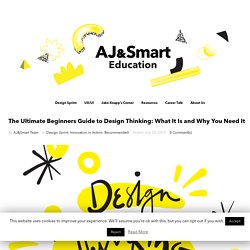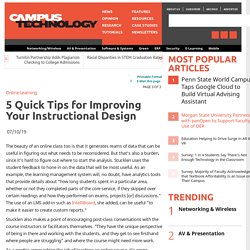

China has started a grand experiment in AI education. It could reshape how the world learns. Zhou Yi was terrible at math.

He risked never getting into college. Then a company called Squirrel AI came to his middle school in Hangzhou, China, promising personalized tutoring. He had tried tutoring services before, but this one was different: instead of a human teacher, an AI algorithm would curate his lessons. The 13-year-old decided to give it a try. By the end of the semester, his test scores had risen from 50% to 62.5%. “I used to think math was terrifying,” he says. Experts agree AI will be important in 21st-century education—but how? Silicon Valley is also keenly interested. But experts worry about the direction this rush to AI in education is taking. As one of the largest AI education companies in China, Squirrel highlights this tension. The learning center that Zhou attends, one of the first that Squirrel opened, occupies the second floor of an unassuming building on a busy commercial road in Hangzhou, a second-tier city in Zhejiang province.
“You noticed!” Blackboard CourseSites. Blackboard Learn. Association for Learning Technology. The Ultimate Beginners Guide to Design Thinking. You’ve probably heard of design thinking – the go-to term for ‘forward-thinking’ businesses since the ’80s.

Maybe your colleagues have taken an online course on it, or maybe you’ve just heard the term thrown around so ubiquitously that it feels like a phenomenon you’ll never really understand in a tangible sense. Design thinking, put very simply, is a human-centered approach to creative problem-solving, and has made a looot of noise all over the internet and beyond in the latest years. Although the buzz around design thinking has been on the rise, the concept itself has been around for a few decades already. And as it often happens, the more popular it became, the more it got thrown around out of context and the more confusion ensued. To set things clear once and for all, we’ve developed this nifty beginners guide to design thinking. What is Design Thinking? In simple words, design thinking is a mindset that helps you solve problems creatively.
So why is design thinking important? Empathy. 15 Things to Try in CourseSites. Video Solutions: Teaching and Learning. Video Solutions: Teaching and Learning. Learn Help for Instructors. Learn Videos for Instructors. These videos and playlists are available in English only.

Need help with Blackboard Learn? Want to learn something new? Doesn't seem familiar? Jump to the "Ultra" video playlist. Get familiar with features in minutes. You can see the full list of instructor videos and choose which ones you want to watch, or you can view multiple videos in a row about a particular topic using the following playlists. Video Playlist: Building Your Course Video Playlist: Communication & Collaboration Video Playlist: Data, Reporting & Reuse For a list of the links to the Flash format Learn 9.1 videos that appeared on the On Demand Learning Center, see Video Archives.
Instructional Design Mastery Series. 5 Quick Tips for Improving Your Instructional Design. Online Learning Page 3 of 3 5 Quick Tips for Improving Your Instructional Design The beauty of an online class too is that it generates reams of data that can be useful in figuring out what needs to be reconsidered.

But that's also a burden, since it's hard to figure out where to start the analysis. Stucklen uses the student feedback to hone in on the data that will be most useful. Stucklen also makes a point of encouraging post-class conversations with the course instructors or facilitators themselves. As a newbie approaching the job of teaching an online course, it's never enough, Stucklen said, to "put information online and figure we're good to go.
" Guiding Faculty into Immersive Environments. Learning Spaces Guiding Faculty into Immersive Environments What's the best way to get faculty to engage with emerging technologies and incorporate new learning spaces into their teaching?

Five institutions share their experiences. In 2015, Virginia Polytechnic Institute and State University's Institute for Creativity, Arts and Technology (ICAT) launched the Cube, an adaptable space for research and experimentation housed in the campus's Moss Arts Center. One of the first things ICAT did was to hire an immersive environment specialist to help faculty members who were incorporating the new space into their curricula. "I remember Ben Knapp, ICAT's director, used the term 'concierge' when he came up with the position," recalled Zach Duer, who served in the job for a year and a half before becoming an assistant professor in the school of visual arts. Virginia Tech's Cube space (Photo: courtesy of Virginia Tech) Coffee and Visualization.